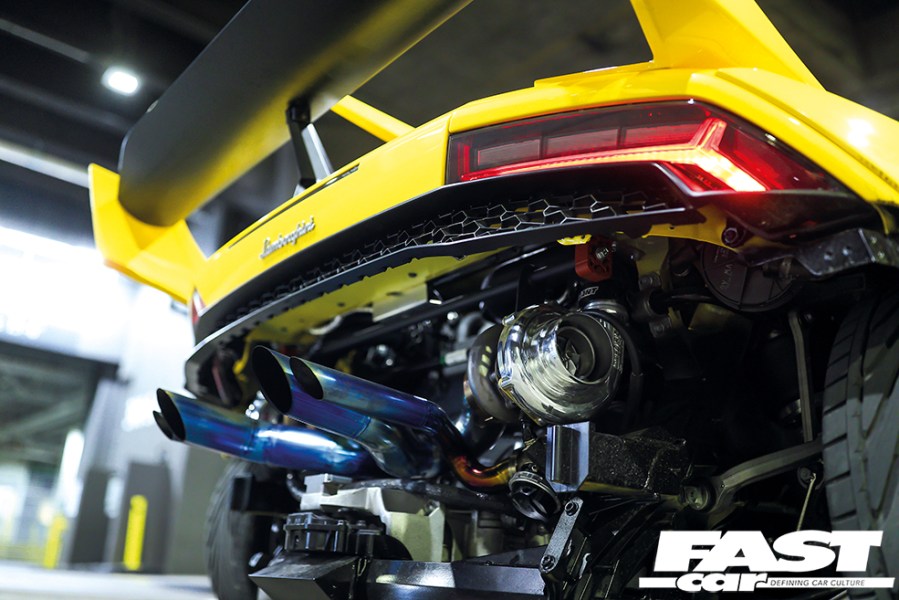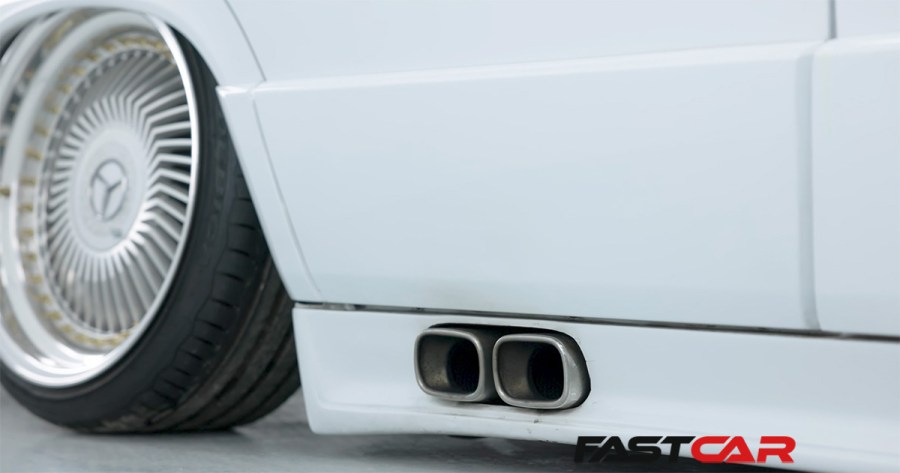Turbo cars are amazing for big power, but modify them poorly and it will end in tears. Here’s our beginner’s guide to tuning turbo engines.
We bet most of you have either owned a turbo car, or would love to own one, but we’re sure a lot of you aren’t too confident on what to do to make them faster once you’ve got one. And fair enough, it’s complicated!
To teach you everything in exact detail would take an age, but to give you some idea, here is our guide to tuning turbo engines.
Tuning Turbo Engines: The Basics
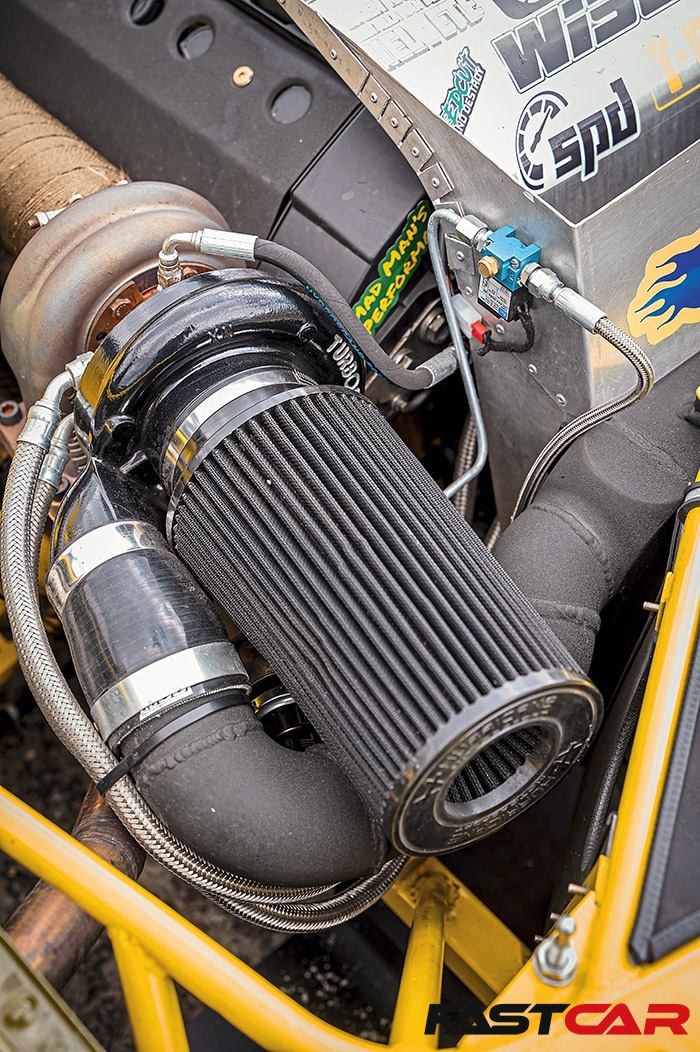
Turbos
It may well resemble two giant snail shells, that’s true, but it’s what gives you all that lovely boost you’re after. Fitting a different turbo can give you more power, and there are various ways of going about it. Some replacement turbos could be the same size as your current one, but are simply stronger and capable of running more boost pressure without failing.
If you fit a turbo with a larger exhaust housing it will give less exhaust back pressure which will increase your power, but at the expense of some low rpm power (increased lag).
If you go for a larger compressor but the standard size exhaust housing, however, this can give more power but the small exhaust housing can be restrictive at high boost.
The most common uprated turbos are the ones that have larger compressor and exhaust housing, and while you lose a little low down power with these, you gain a lot of power overall.
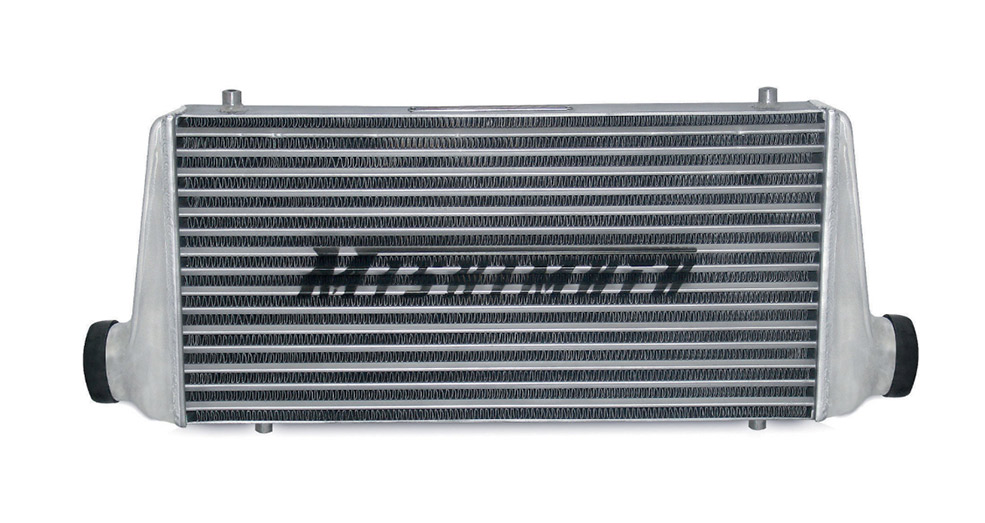
Intercoolers
One side effect of air going into the turbo is that it heats up, often to three times the heat going into the turbo.
The hotter air is, the less dense it is, so the lower the proportion of oxygen content, which in turn means less power. Another side effect of hot air is that it increases the chances of detonation, and that’s seriously bad for engine life. To cool the inlet charge (the air entering the engine) you need an intercooler, which works in the same way as a radiator, but with air running through it, not water.
Many factory intercoolers are inefficient, so an upgrade is a good move. As a general guide, the bigger and more in the line with the airflow, the better. This is an important upgrade when tuning turbo engines.
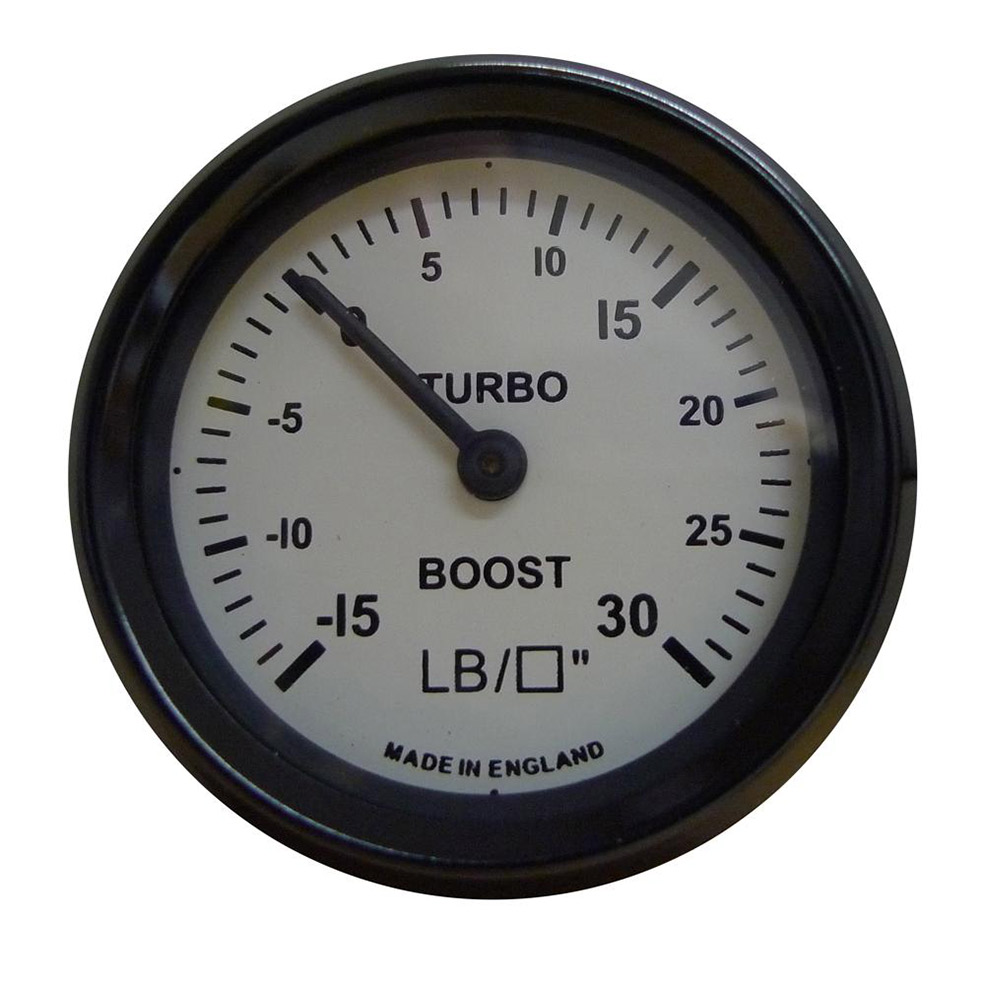
Boost Pressure
Boost is the key to your engine’s power, but will also be the key to its destruction if you’re not careful. You get more power from upping the boost because you’re forcing more air into your engine. Combined with extra fuel to match, this results in loads more power and torque.
There is no such thing as too much boost, just too much for YOUR engine and turbo. Some racecars have run over 4bar (nearly 60psi!) boost, and that was fine for them, but that seems to give some people the idea they can bash on a bleed valve and wind up their turbo. It absolutely flies for a few moments, then BOOM, new engine please mother.
Most turbo cars run about 7-10psi boost as standard (though some newer turbo cars run over 15psi as standard), and with some simple fueling improvements (usually a replacement ECU chip) and boost upped another 5-8psi, the performance becomes improved hugely and safely for very little extra cash.
With further upgrades most engines can take even more boost, but don’t rush into it without knowing exactly what you’re getting into.
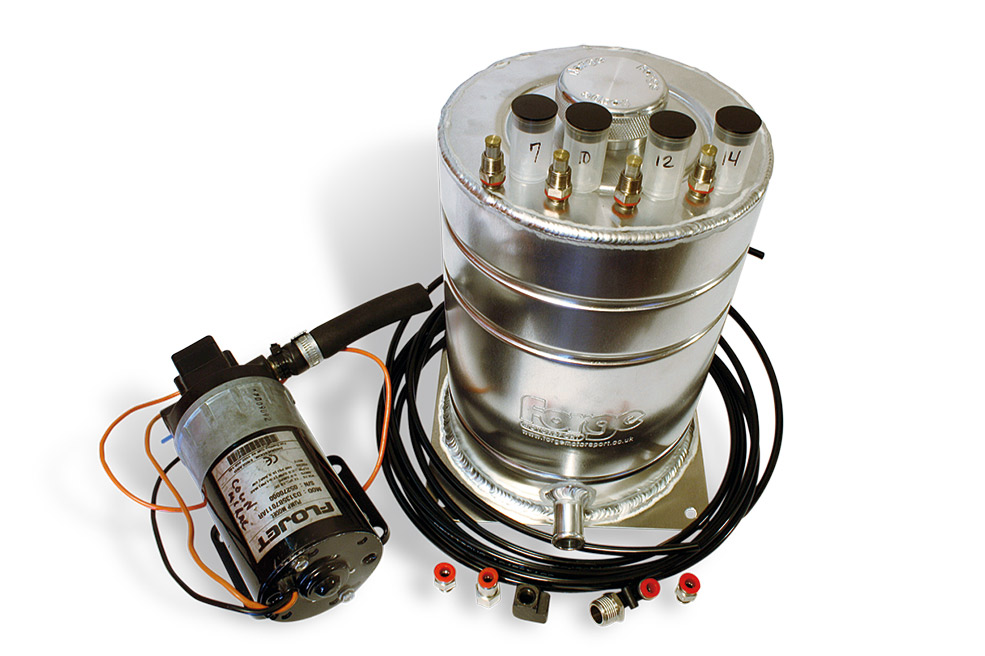
Water injection
On some cars fitting a decent sized intercooler is a nigh-on impossible job, so some people use water injection to cool the inlet charge instead. It works by injecting a fine mist of water into your inlet pipe when on boost. The evaporating water absorbs loads of the heat from the pressurized air, bringing the temperature down to a safe level.
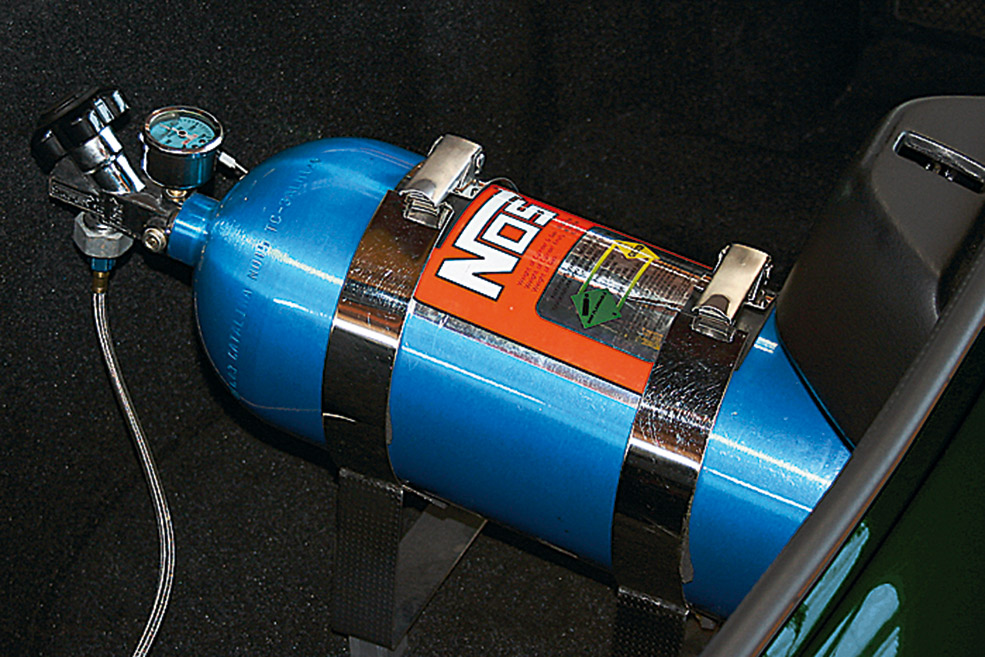
Nitrous
Nitrous is a good power booster on any engine, but on a turbo engine it has two other uses as well. It’s mega cold, so when injected it cools the boost pressure hugely, far more than an intercooler and water injection could, increasing power far more than it would on a non-turbo engine.
It’s also great for spooling big turbos up. If you have a massive turbo that doesn’t kick in till high rpm, injecting nitrous at low rpm will bring it on boost far faster.
There’s a lot of myths floating about around nitrous though. Dispel them by reading this nitrous guide.
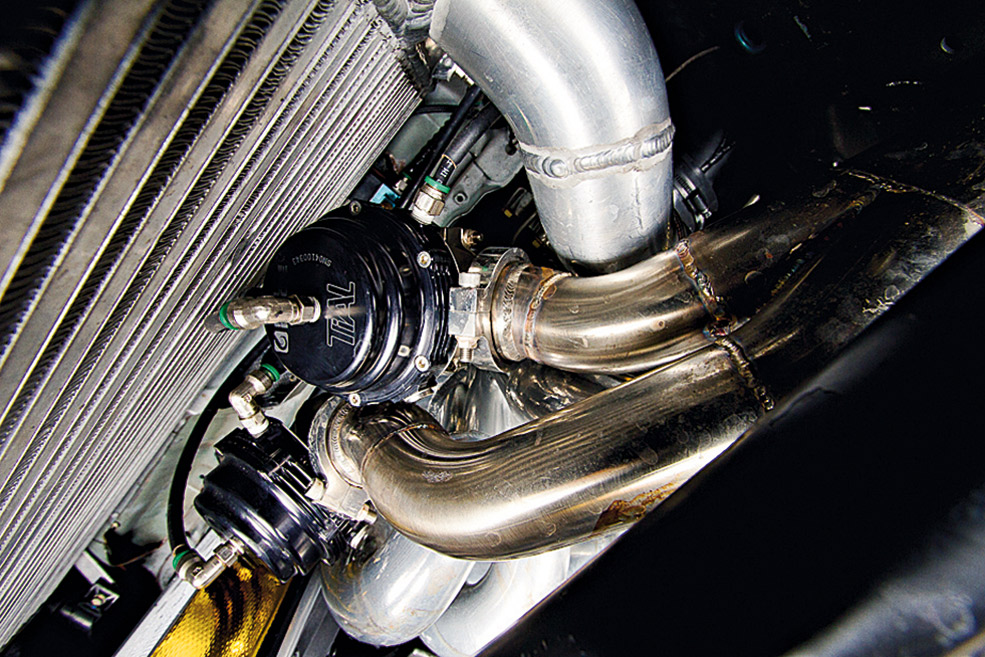
Screamer pipe
A screamer pipe is an unsilenced exhaust that is separate from the main exhaust system and is fed via external wastegate/s. Exhaust gas only goes down the screamer once maximum boost has been achieved, then it gets incredibly loud; it screams.
An advantage of a screamer is that less gas will be going down your main exhaust system. The downside is the jet like noise it can produce, so you may fail track day noise limits. It’s a cool addition nonetheless when tuning turbo engines.

Fueling
Getting the fueling right is incredibly important on a turbocharged car; it makes the difference between a quick car, and a quick car that blows up/melts.
Turbo cars generally need to run richer than normally aspirated motors to stay safe, and you will need uprated injectors and fuel pumps when you seriously increase the power.
If you just turn up the boost without making the appropriate fueling adjustments, you’re asking for trouble. So make sure you sort it out!
Fuel octane
When you buy an imported car get to a good rolling road to make sure the fueling is safe. If you don’t you could go melting pistons, as they use higher octane fuel in Japan than the UK.
High octane fuel is the friend of turbo cars, as it’s much more resistant to det (detonation), enabling cars to run higher boost safely. 98ron or better fuel is pretty vital. You can get race fuel with up to, and even over 110ron, but it’s mega expensive and not available at any petrol stations we know. As such, you’ll usually only see it in race cars.
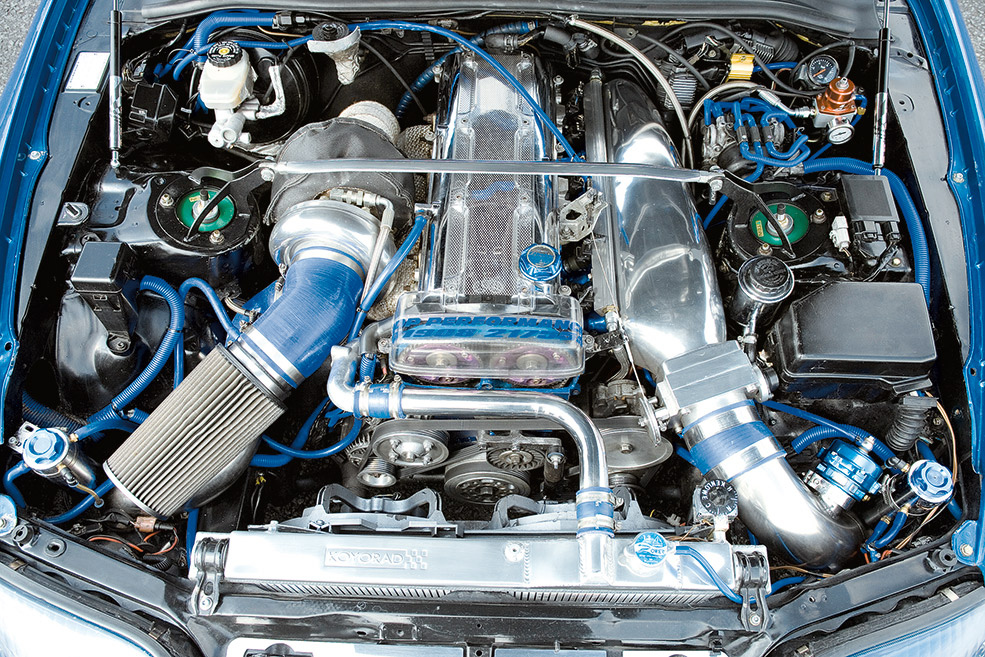
Air filters
As with non-turbo cars, you’ve got to be careful of the positioning of your air filter; if it’s sucking in really hot air it can lose you power, so try your best to keep it away from hot engine parts, especially without bonnet vents. As important as position though, is it being unrestrictive. A good filter setup can give good gains and can speed up the time the car takes to come on boost.
Another change when fitting a large cone filter is a louder induction noise, which is always a nice bonus!
Pre-ignition / detonation
Pinking or det is the main killer for modified turbo engines, and is what blows head gaskets and destroys pistons. Worst of all, you can’t usually tell it’s happening!
When the heat and pressure inside the combustion chamber is so great that the fuel/air mix ignites before the spark plug fires, it’s called detonation. The resulting explosion causes sudden massive pressures and high combustion temperatures. In severe cases it can destroy an engine in an instant.
The main cause of det is the engine running too lean (not enough fuel) for the boost the car was running, or too much ignition advance.
To avoid det it’s vitally important to get your car’s fueling and ignition setup by an expert when you do any engine mods, especially when increasing boost.
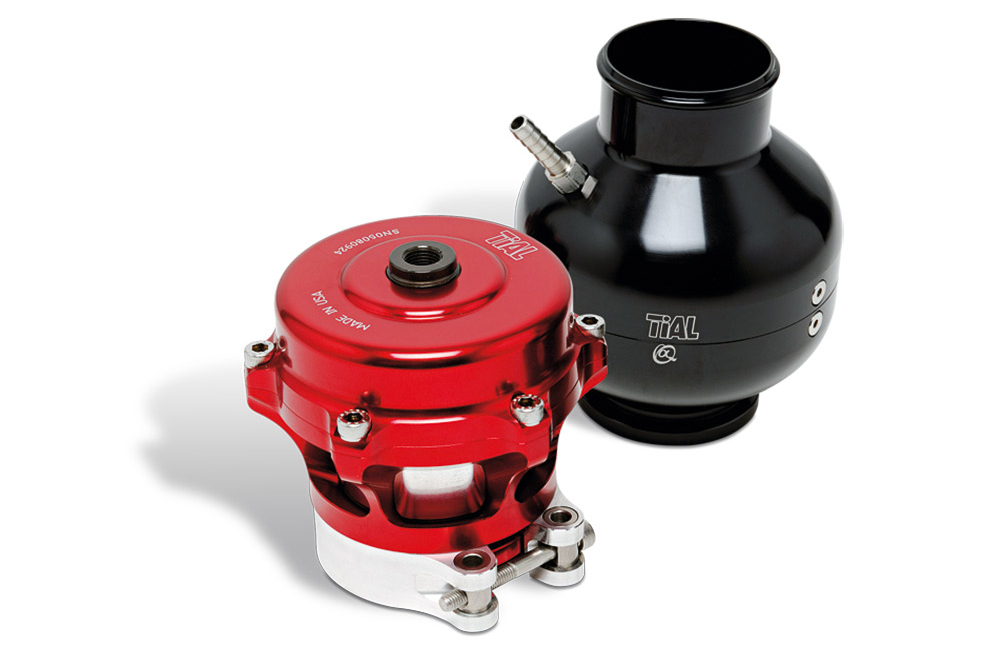
Dump Valves
There are frequent discussions on forums about whether dump valves (also called blow-off valves) do anything other than make a nice noise. Some purists believe they’re a waste of time, but in reality there’s no denying that they can, and do, lengthen the life of a turbo. Most OE manufacturers fit recirculating versions which are quiet in operation. Aftermarket dump (to atmosphere) valves make the characteristic ‘tssssccchhh’ sound as the air escapes as you come off the throttle.
The theory behind dump valves is that they stop the turbo from stalling when you close the throttle, by opening a valve to let excess air escape. As the turbo continues spinning, it will then come up to speed/boost quicker, when the throttle is reapplied, and so improve throttle response. The more boost you run, the more effective a dump valve will become. But even if you’re only running a standard turbo you can still enjoy the sound effects a dump valve provides.
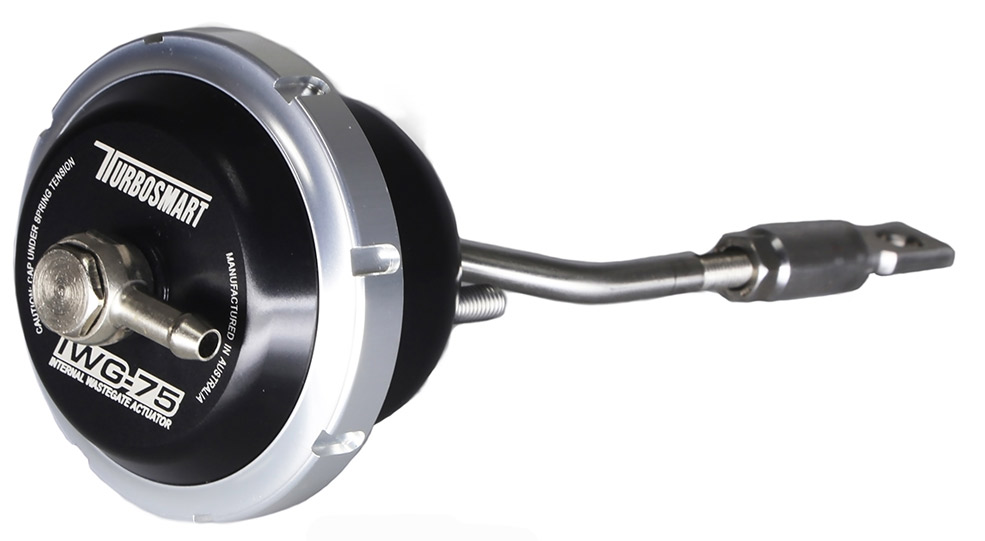
Wastegates
The wastegate is a valve that vents the exhaust gas from the manifold to the exhaust without passing through the turbo first. By allowing some exhaust gas straight into the exhaust rather than through the turbo it regulates the boost and prevents the turbo from spinning too fast.
All petrol turbo cars have a wastegate of some sort. Most cars come with one that’s built into the exhaust housing on the turbo. Many bigger turbos tend to need a separate, external wastegate fitted to the exhaust manifold.
The only time you’ll need to fit a bigger wastegate is if you’ve got a really big turbo and want the option of running low boost. A high flowing wastegate will allow lots of the exhaust gas to bypass the turbo.
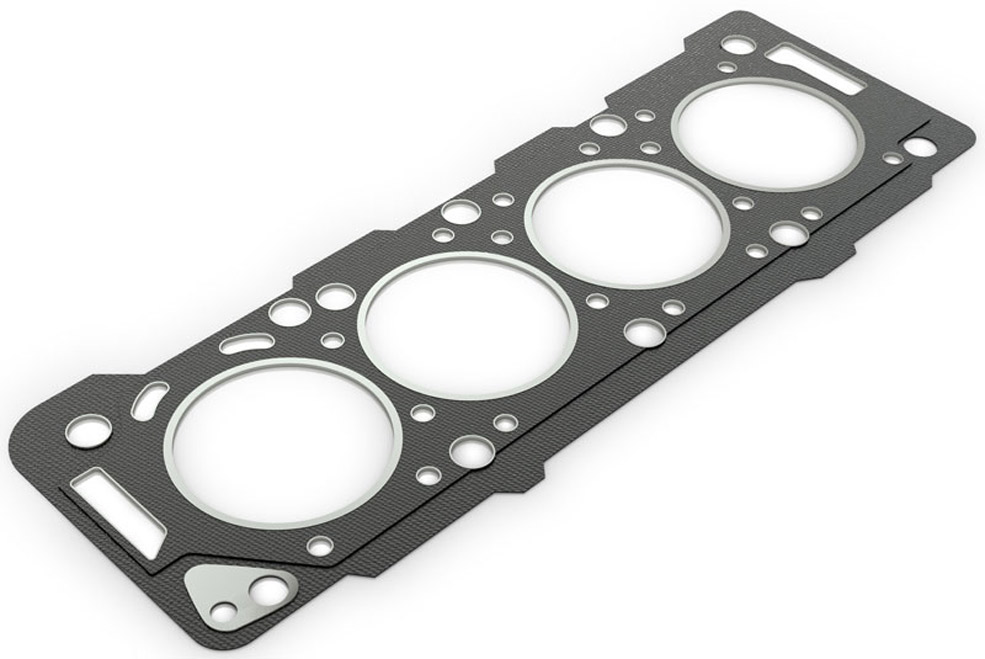
Head Gaskets
Head gaskets (which are sandwiched between the head and the block) are probably the most common thing to fail on turbo cars – but they need not fail half as much as they do, if you do things properly.
Truth be told, head gaskets are deliberately made to be the weakest link in an engine, so if anything goes seriously wrong the head gasket should blow before anything more expensive does, such as your pistons or block! What makes head gaskets blow is cylinder pressure. If it’s too high for the head gasket to take, it blows, but there are ways of reducing the chance of this happening.
An uprated head gasket and bolts is one option, but the most important thing is to make sure your engine is set up properly and doesn’t detonate, because when detonation occurs, the cylinder pressures will blow a head gasket in no time – much sooner than extra boost on its own will. Stronger, uprated head gaskets are available for cars running serious boost levels.
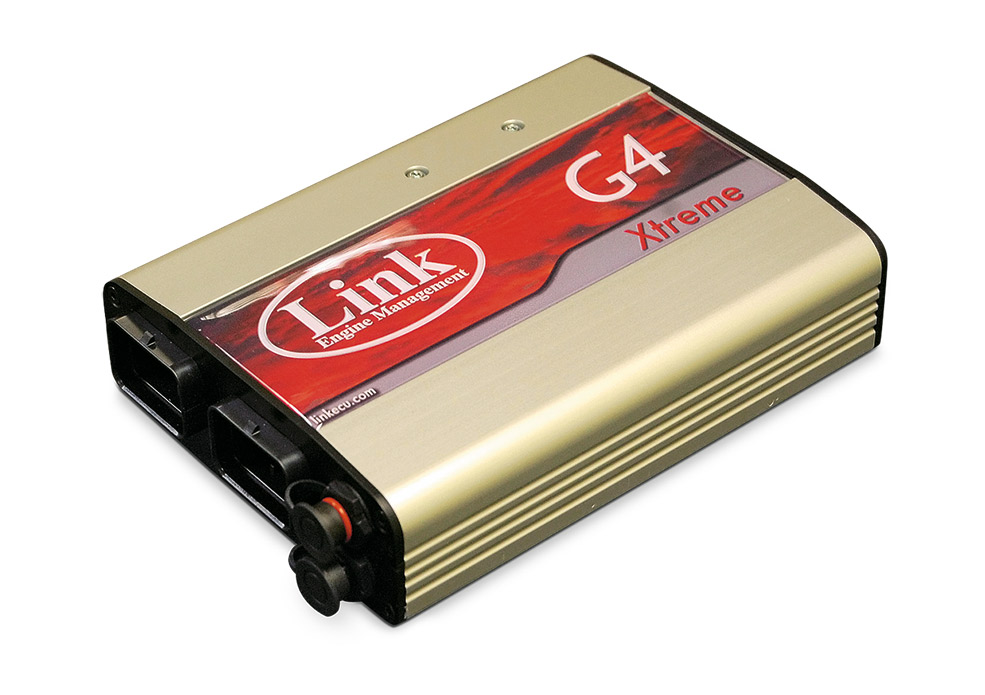
Engine Management
You’ve got to get fueling and ignition (and boost) spot on, and on any modern car that’s down to the engine management system. Any significant changes to the engine need adjustments to the management to get maximum power, drivability, and most importantly, reliability from your engine.
Aftermarket engine management systems often have other trick features for turbo cars as well, such as anti-lag, boost control and so on. Definitely a worthwhile investment if big power and long life is your aim.
Exhausts
If you fit a huge bore exhaust to a non-turbo engine it can often lose you low down power and torque, but fit one on a turbo car, and it really is the bigger the better!
Ideally you want zero backpressure in your turbo car’s exhaust, so a large bore (2.5in, often 3in+ on big power cars) exhaust from the turbo back will maximize your power and response. Large-bore downpipes have been known to bring the boost in much sooner than standard on some cars with restrictive exhausts.
Compression Ratios
The compression ratio is basically how much the fuel/air mix is squeezed (compressed) by the piston before it is ignited. If you compress the air/fuel mix too much it can ignite on its own – this is detonation, something which is very bad for your engine.
Once you start running big boost you will need to drop the compression to keep the cylinder pressures at a sensible level, and avoid detonation occurring. That’s done generally with low compression pistons. The common myth about low compression engines being laggy is untrue; compression ratio has little relevance to what rpm the boost comes in.
Lower compression does give slightly lower power off boost power, but no small capacity car is powerful at low rpm, so it’s not a real issue.
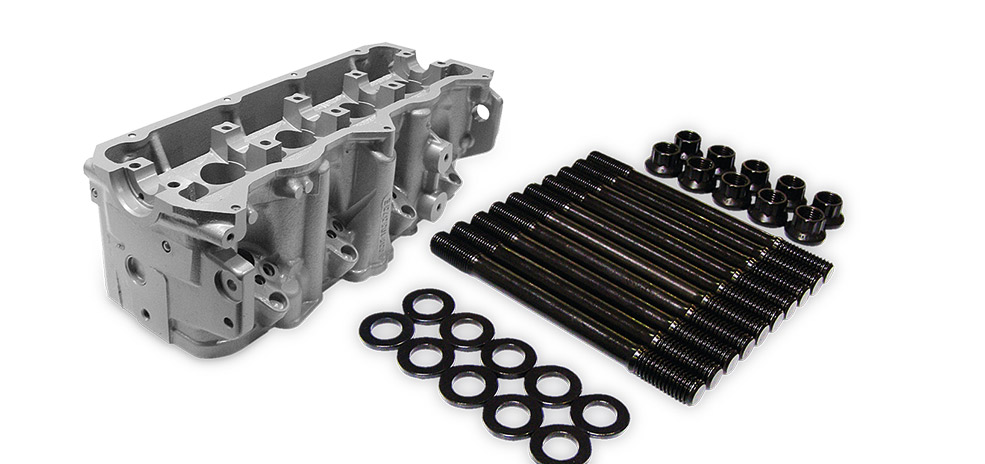
Uprated internals
The exact moment when you need stronger internals (and no, that’s not the moment your current engine explodes) depends on the car, but forged pistons are the main upgrade on turbo cars, as they can handle much higher temps and are more resistant to detonation.
As with head gaskets, the life of your internals will be massively lengthened by your car running the correct fueling and ignition timing, because without detonation, your engine is under far less stress. A great addition when chasing big power figures when tuning your turbo engines.
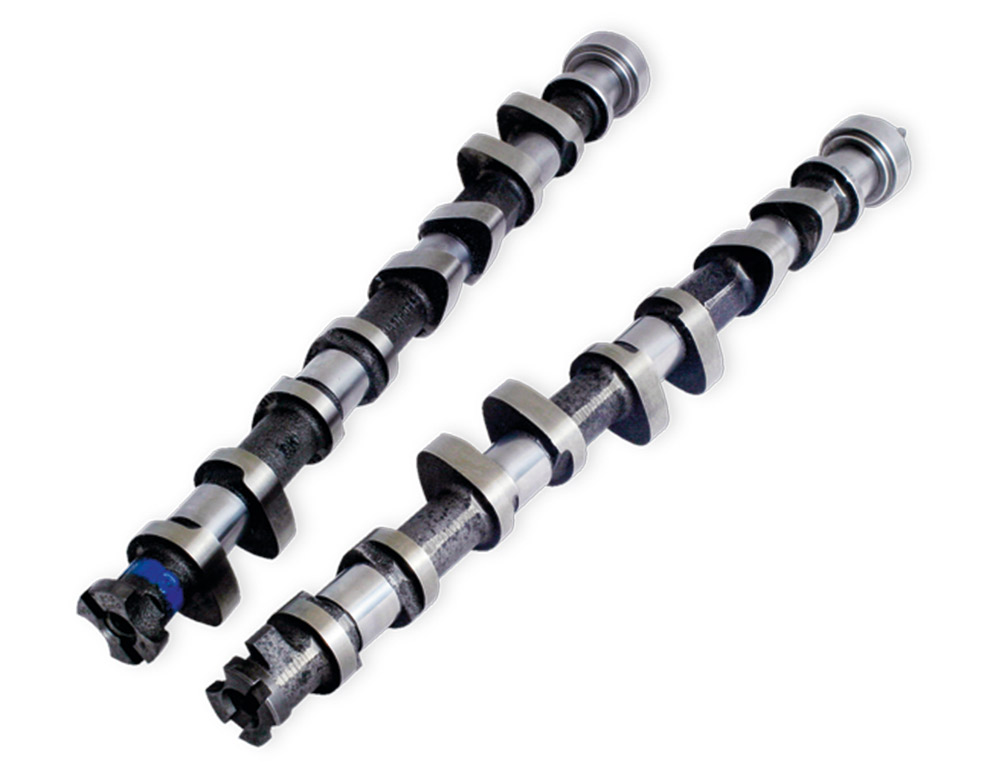
Headwork/Cams
Headwork and aftermarket cams are nowhere near as vital as on non-turbo engines because turbos force air in under pressure so the head port size and valves opening lift/duration isn’t as big an issue.
Most engines can achieve around twice the standard power while using the standard head and cam(s) so don’t be in a massive hurry to change things!
Unlike some mods when tuning turbo engines that have no downsides, head and cam work often loses you low down power, so don’t rush into them until you are sure you need them.

